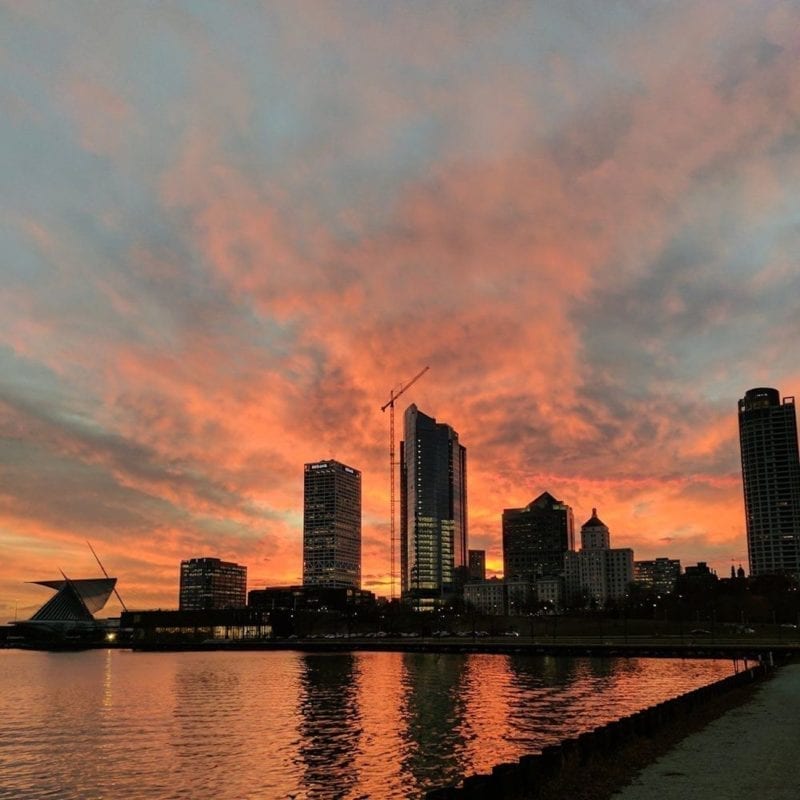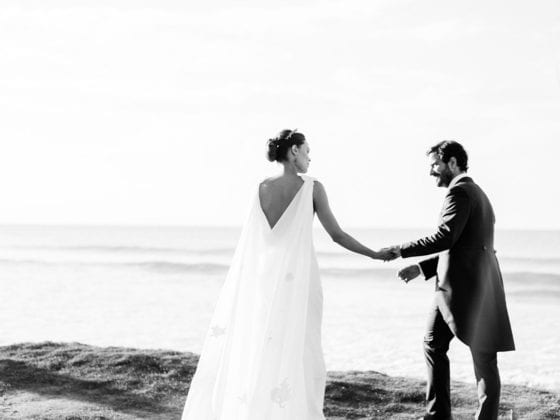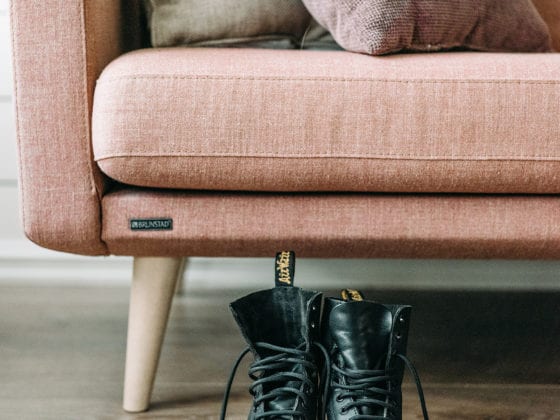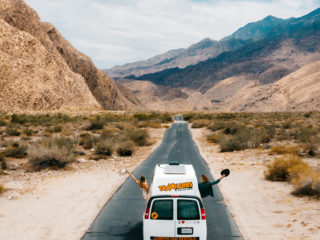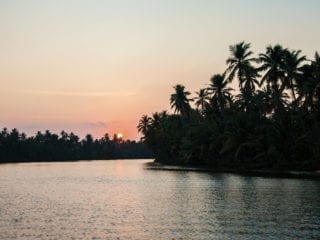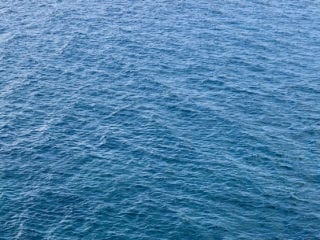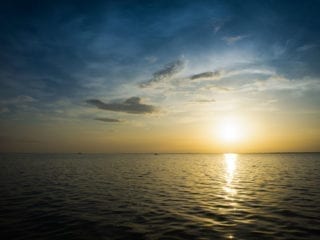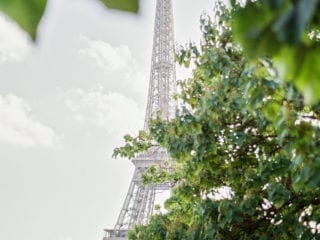“Travel Diaries: How to Explore From a Distance” is a Darling series focused on exploration and travel virtually from the comfort of your own home. 2020 and COVID-19 changed how we were able to travel, but they also taught us that a spirit of adventure and exploring never ceases.
As soon as you take your first steps onto the sidewalks of Milwaukee, WI, you quickly realize one thing about this Midwestern city—the people of Milwaukee love life. It’s evident in the vibrant neighborhoods full of public art, the cherished parks along Lake Michigan, the brimming pubs and taverns on a sunny weekend and the sports-crazed fans that flood the streets after a Milwaukee Bucks or Brewers game.
This passion for life is one reason that Milwaukee has been labeled “City of Festivals;” the city hosts more than 100 ethnic and cultural festivals every year. On top of all of this, the people of Milwaukee brave a blustery, below-freezing winter each year but still embrace life to the fullest.
As we zoom in on this city’s neighborhoods, historical landmarks and restaurant scene, you’ll be inspired by the liveliness of Milwaukee and its residents who know how to celebrate.
A City Built by Immigrants
Up until the late 17th century, the Milwaukee area was inhabited by Native Americans. Milwaukee’s name itself comes from the Algonquian word “Millioke,” meaning “Pleasant land” or “Gathering place” (although its origins are up for debate). After European settlers declared ownership of the land, German immigrants flocked to Milwaukee between 1846 and 1854, an influence still firmly stamped on the city today.
Milwaukee soon became the center of several booming industries like machinery, brewing, grain-trading and of course, cheese. In the 19th century, many considered Milwaukee a rival of a different city along Lake Michigan—Chicago. Besides the great German heritage, immigrants from Ireland and Poland contributed to Milwaukee’s cultural diversity, along with Black men and women who relocated from southern states during World War II to work in nearby factories.
Eclectic Style in the Historic Third Ward District
Milwaukee is home to several unique and exciting neighborhoods, but perhaps, the most popular of these is the Historic Third Ward. Known as Milwaukee’s Arts and Fashion District, just a stroll around this neighborhood bestows a spirit of creativity. The teal blue lamp posts, stop lights and signage lining the streets pop out against manufacturing warehouses that contain small stores, art galleries and restaurants.
One lively spot to browse while also grabbing a bite to eat is the famous Milwaukee Public Market. Here you’ll find all of Milwaukee’s renowned foods sold by local vendors, including cheese curds, sausage and fresh seafood.
Captain Pabst and the Origins of “Brew City”
The ingenuity of Captain Frederick Pabst and other entrepreneurs transformed Milwaukee into a brewing hub in the 19th and 20th centuries. Captain Pabst, a German-American, helped to establish Pabst Brewing Company, which at the time, was one of the world’s largest breweries. Considered to be an architectural landmark, the 19th century estate of Captain Pabst and his wife, Maria Pabst, still stands in the midst of downtown Milwaukee.
Today, the city is still considered to be a mecca for breweries with more than 40 craft breweries sprinkled throughout the city. Milwaukeeans take pride in their brewing legacy, reflected in the fact that their major league baseball team is named the Brewers!
Explore the Innovative Milwaukee Art Museum
Hugging the shoreline of Lake Michigan, you’ll find the Milwaukee Art Museum. Home to nearly 25,000 works of art, the museum’s stately collection makes it one of the largest art museums in the world.
Although it possesses an impressive array of artwork, not all of the museum’s artistry lies within its walls. The building itself is a masterpiece, having won many architectural awards for its unique design. With two 217-foot wings that fold and unfold throughout the day to control light, the museum innovatively conserves energy while providing interesting contours and shapes to examine. Currently, the museum offers numerous virtual resources for you to interact with, including virtual tours, art activities for children and audio guides for current exhibitions.
Experience the Lakeshore
Lastly, close out your virtual trip to Milwaukee by taking in the majestic views of Lake Michigan and various parks throughout the area. Although some think of Milwaukee as an unlikely destination for exploring nature, the turquoise waters and sandy cliffs say otherwise.
From learning the origins of “Brew City” to taking in art at a sprawling museum, hopefully you’ve received a glimpse into a city that is always finding something new to celebrate. Milwaukee urges us to come along for the ride—to discover the beauty of an ordinary moment and to make the most of the lives we’ve been given.
If you could travel anywhere in the world, where would you go? How does traveling to new places make you feel? What are the benefits of virtual travel?
Image via Lake Effect Co.

